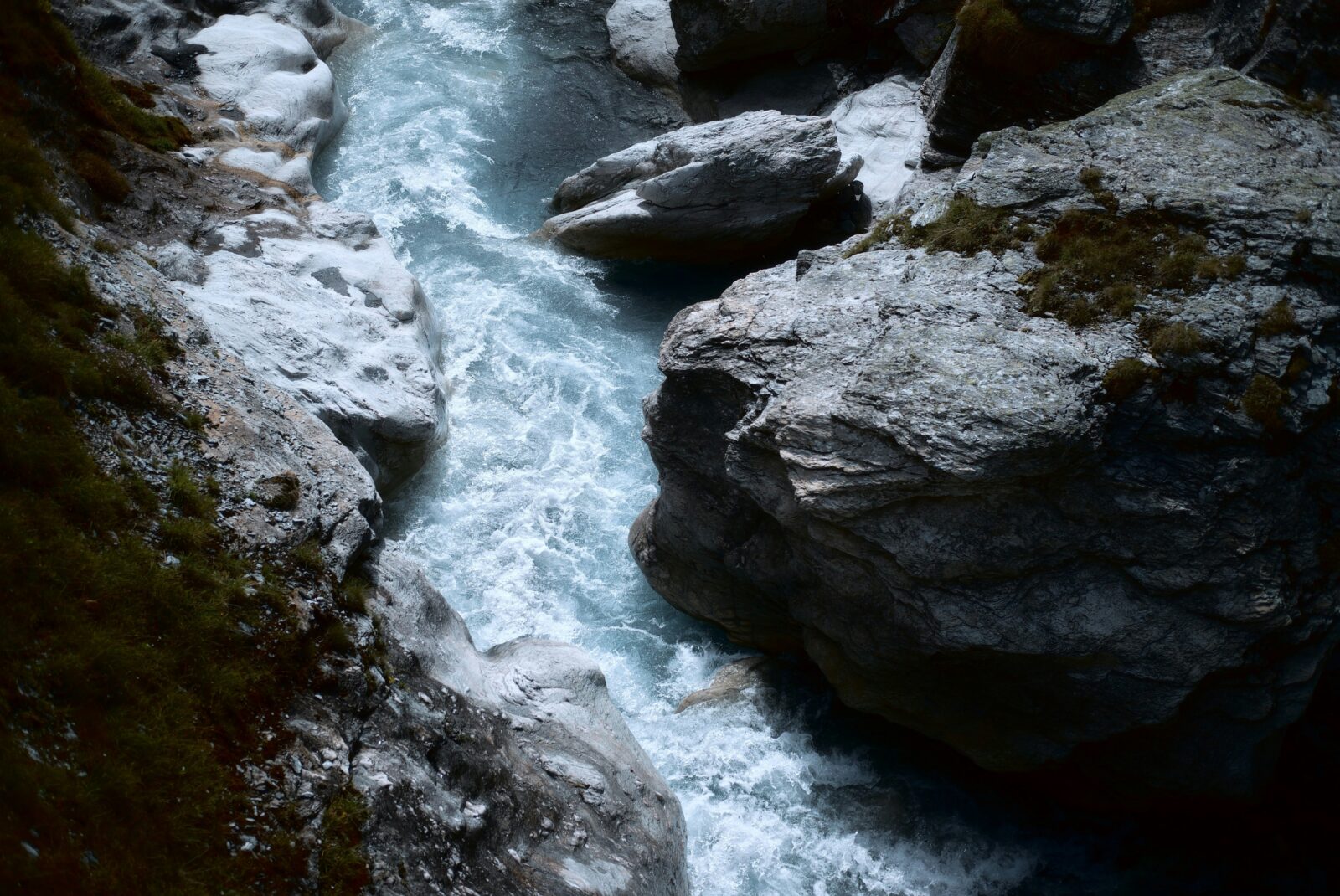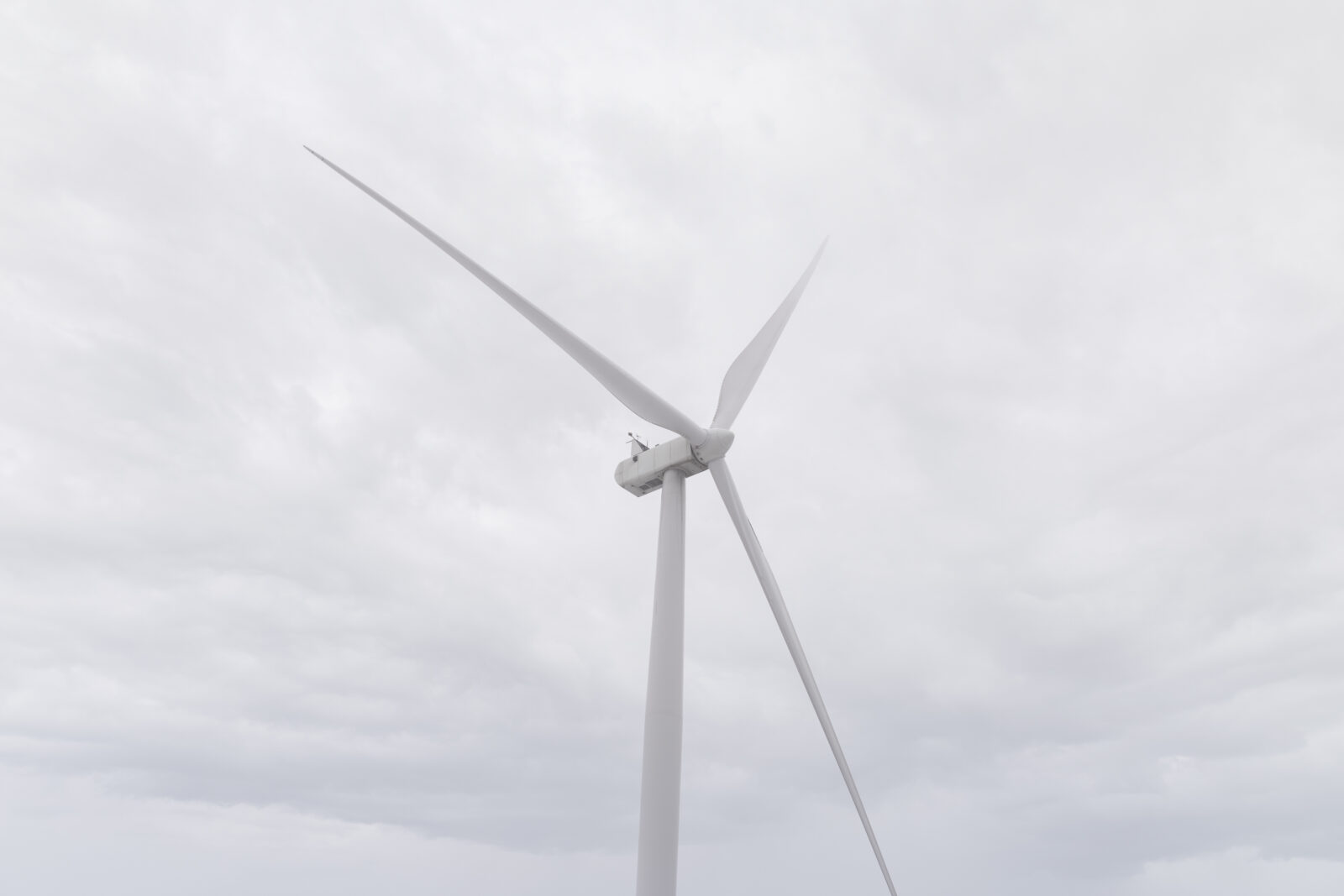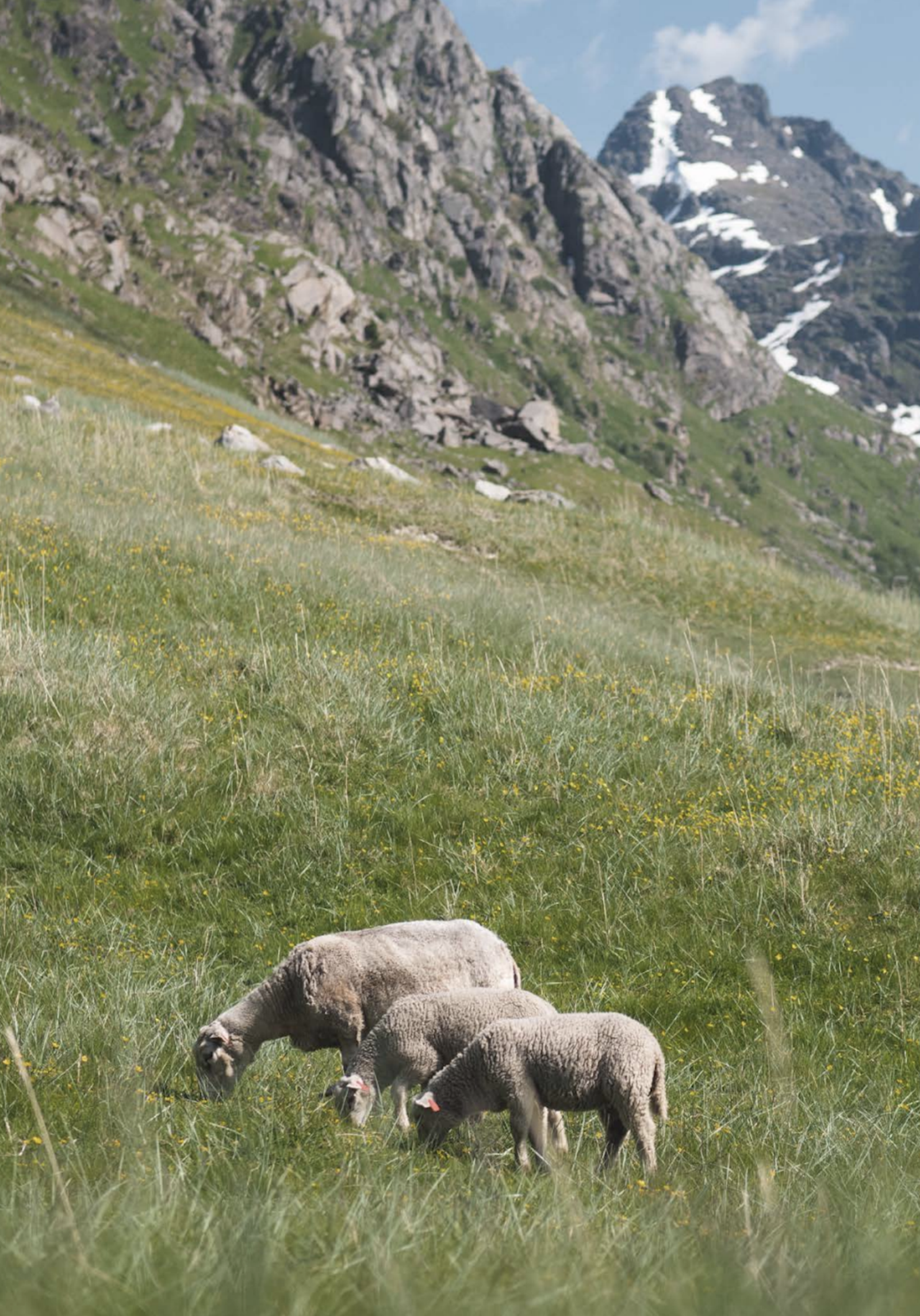Environmental
Sustainable coexistence between nature and renewable energy
We are powering society's transition to renewable energy by producing clean energy to replace dependency on fossil fuels. At the same time, we look for ways to have a positive impact on local ecosystems in all our projects. Our mission is to provide clean energy today and for future generations, making a significant impact on climate change mitigation. The material topics in focus is Climate change and Biodiversity and ecosystems.
Ambitious Climate Goals
We have set ambitious targets to drastically reduce our carbon footprint:
- Net Zero by 2040: We aim to achieve net-zero emissions by 2040, reducing our combined Scope 1, 2, and 3 emissions by 90%.
- 42% Reduction by 2030: Our interim goal is to cut Scope 1 and 2 emissions by 42% by 2030, a commitment verified by the Science Based Targets Initiative (SBTi).
Biodiversity: Beyond Compliance
Protecting biodiversity is at the heart of our environmental strategy. We strive to not only comply with environmental regulations but to exceed them:
- Positive Impact Initiatives: We actively engage in projects that enhance local ecosystems and promote biodiversity. Our efforts include, but is not limited to, habitat restoration and sustainable land management practices.
- Nature-Positive Projects: Our goal is to have a net positive impact on nature.
Sustainable Resource Use
We are dedicated to responsible resource use and circular economy principles:
- Recycling and Resource Management: Constructing power plant components is a resource intensive process. Such resource use is associated with several negative environmental and social impcats. We aim to minimize these impacts, by having robust procurement practices and strict supplier requirements. Through increased recyclability, and reduced use of high-risk materials, we contribute to minimizing such impacts. We aim to minimize negative environmental and social impacts across our operations and in our value chains.



Contact:
Martin Nyborg, Sustainability Advisor
